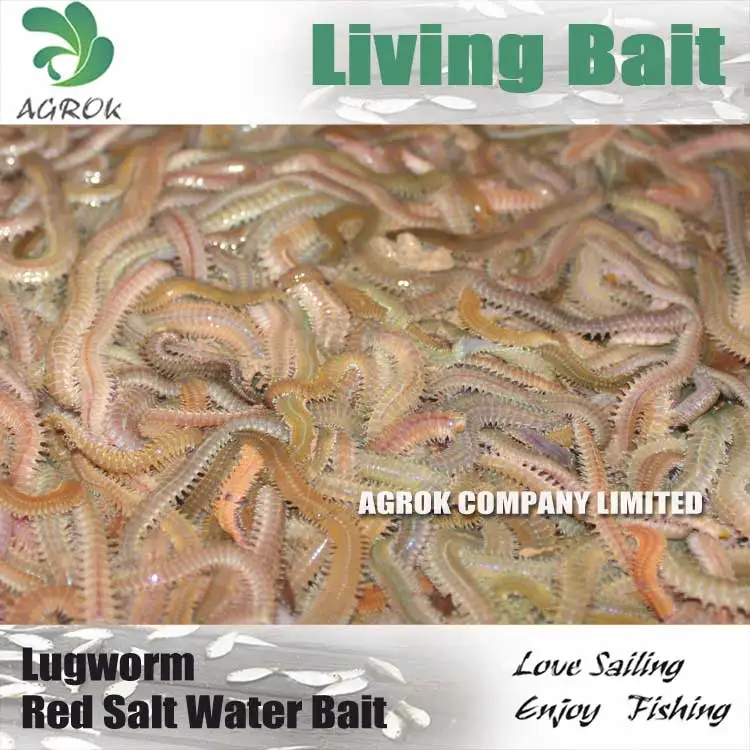

Those that started in this way still express pride at being able to help their families by paying for their own school clothes and supplies. Many diggers began harvesting worms as young children with theirs fathers or older brothers. In the early days of the fishery, worm harvesters-also known as diggers or wormers-used steel buckets and handmade worm hoes that were fashioned by recycling steel from other products such as baby carriages, springs, and dung forks. Worming finally reached the eastern-most portion of the state in the 1950s, allowing fishermen along the entire coastline to participate in this fishery. During this season, a good harvester could make up to $100 per week (Flye, 1941). At this time, the industry was only selling to an East Coast market and was restricted by the months that sport fishermen were interested in fishing at sea, from about March to December. The Sheepscott River in the Wiscasset area was still a central harvesting location with 2,500,000 worms harvested from Maine’s flats each year. The fishery grew slowly in Maine, expanding in the Wiscasset area and slowly moving further up the coast as new dealers opened their own shops.īy the 1940s, the market for marine baitworms had expanded from Connecticut to Virginia (Flye, 1941). Returning to Maine in the late 20s or early 30s, Wanser set up a worm shop in Wiscasset, from which he began buying bloodworms ( Glycera dibranchiata) and sandworms ( Alitta virens) from diggers to sell to the markets in New York. He harvested a small quantity of worms from mudflats around Wiscasset and took them back to New York, where they sold quickly as live bait for saltwater sport fisheries including flounder, saltwater bass, porgy, and dollar fish (Eldridge, 2010). According to leaders in the industry, a worm dealer from New York named Abe Wanser traveled up the coast to Maine to look for worms after a recommendation from a Maine clam digger. As worm populations in those states dwindled, bait shops and dealers began looking for new opportunities (Eldridge, 2010). The beginning of the New England marine worm fishery is not well documented, but it likely began in New York and Massachusetts prior to the 1920s. The cooler pictured below is used for storing sandworms during a tide.


 0 kommentar(er)
0 kommentar(er)
